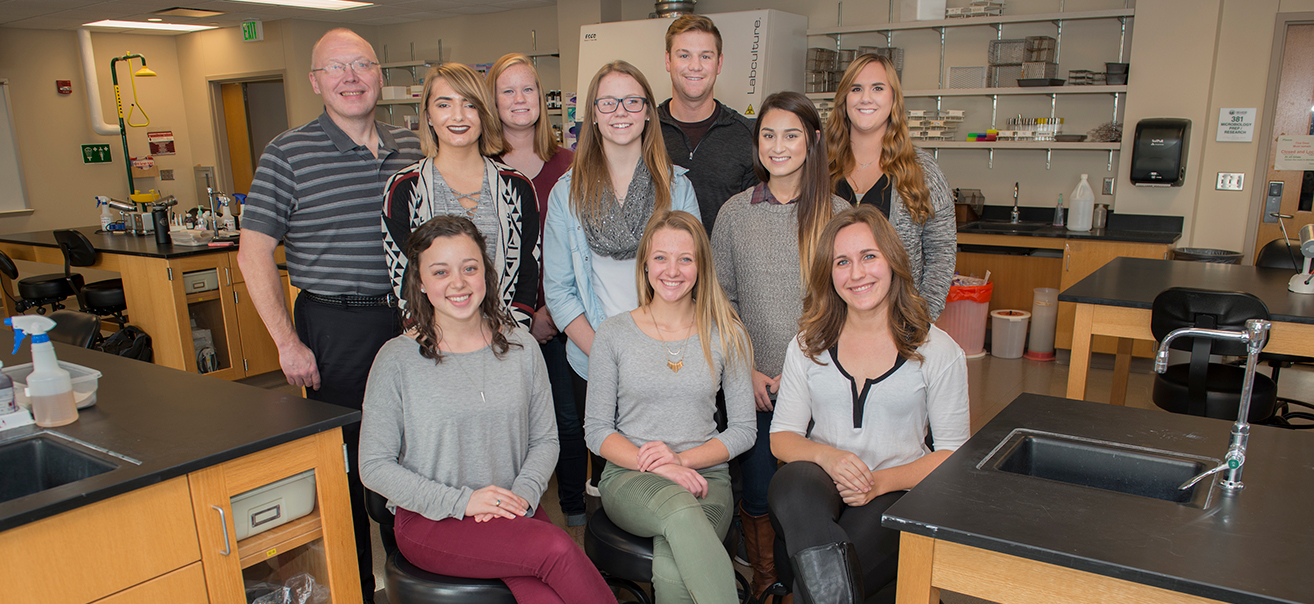
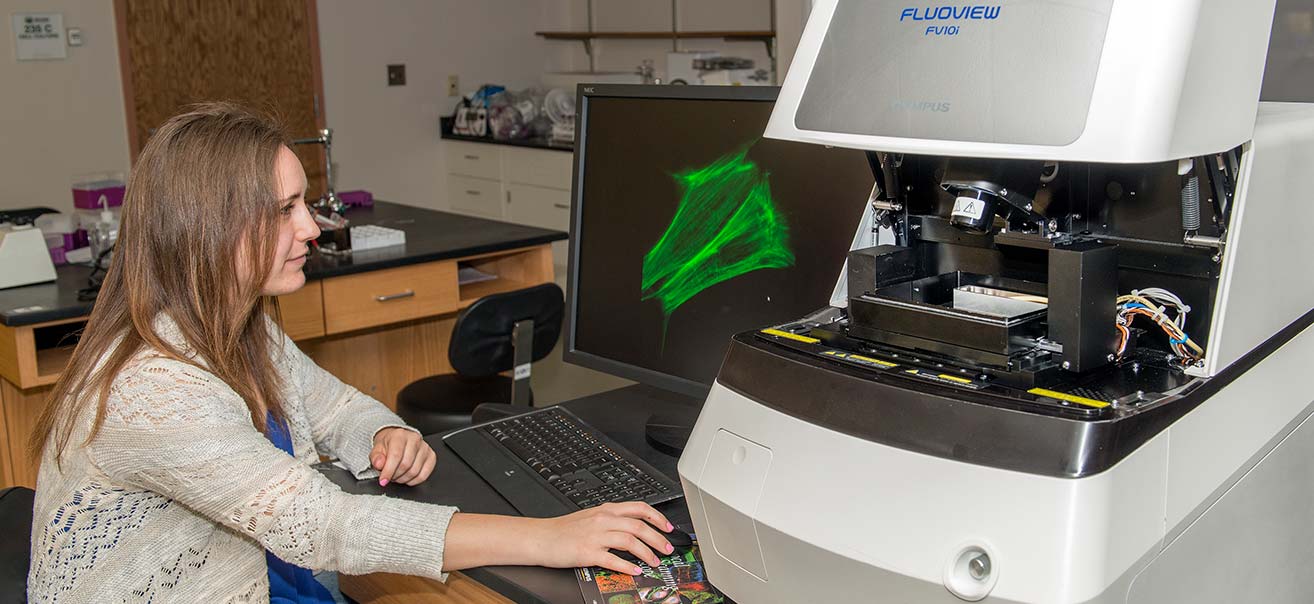
In a far corner of Sattgast Hall, Bemidji State University students volunteer to help Dr. Mark Wallert, associate professor of biology, hunt down a cure for cancer.
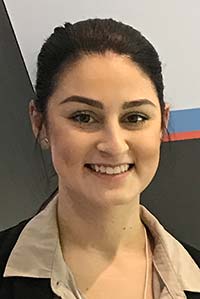
The Wallert Cancer Research Team — six undergraduates, two graduate students and a senior at Bemidji High School — studies the behavior of a protein called NHE1 that is found in the edges of both healthy cells and tumor cells. They are exploring its role in the growth and movement of cancer cells in the body.
“We always say you don’t die from cancer; you die when that cancer moves throughout the body and invades essential organs that you need to survive,” said Taylor Manzella, a junior biology and pre-medicine major from Sartell who has finished her second year on the cancer team.
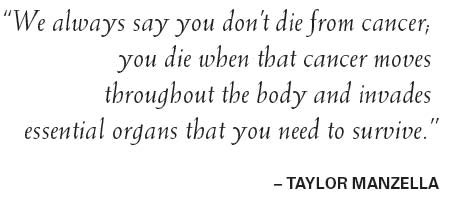 Clarice Wallert, a cousin of the professor, has finished her sixth year as a member of the Wallert Cancer Research Team — two as a grad student in Bemidji and four as an undergraduate at Minnesota State University-Moorhead. She described NHE1’s behavior in cancer cells as a power switch that, when active, helps tumors survive and move through the body.
Clarice Wallert, a cousin of the professor, has finished her sixth year as a member of the Wallert Cancer Research Team — two as a grad student in Bemidji and four as an undergraduate at Minnesota State University-Moorhead. She described NHE1’s behavior in cancer cells as a power switch that, when active, helps tumors survive and move through the body.
“NHE1 is found in all of your cells but is found more so in cancer,” said Wallert, who will return for a seventh year before completing her master’s degree at BSU in 2018. “It basically pumps protons out of the cell, signaling for growth and migration. It’s turned on more in cancer, and it helps cells survive in a tumor environment. So we look at its activity and how it affects cancer.”
By isolating factors that activate or deactivate this protein, Wallert’s team may identify ways to slow or halt the growth or movement of cancer tumors. Students are tackling four parallel projects related to NHE1: exploring how two different cellular processes may work to activate or deactivate the protein and observing the protein’s behavior in both non-small cell lung cancer and ovarian cancer.
“We try to look at as many on-and-off functions as we can find in this protein, and we give everybody their little piece to research,” he said. “They get to be kings and queens, but it’s a really small kingdom.”
The work has been supported by a pair of grants won by the Department of Biology in recent months – a $40,000 grant from the George W. Neilson Foundation matched by the Minnesota State system office’s leveraged equipment fund and a $100,000 grant from Regenerative Medicine Minnesota. The Neilson Foundation grant helped the team purchase a confocal microscope that allows observation of individual proteins as they move in a cell wall, and the RMM grant will fund another microscope and equip a new cell culture lab.
Wallert brought his research team to Bemidji State in 2015 after spending 25 years at Minnesota State University, Moorhead. He spent 17 of those years running the Provost/Wallert Research Lab with Dr. Joseph Provost, a Bemidji State alum with degrees in chemistry and biology who is now a chemistry and biochemistry professor at the University of San Diego.
The team’s overall purpose is to give undergraduate students hands-on experience with the kind of hard research that is increasingly desired by both employers and graduate programs. As Bemidji State made plans to expand its biomedical science offerings to complement a strong wildlife biology program, the university convinced Wallert to bring his lab to Bemidji.
In two short years, Wallert’s lab has given students unprecedented opportunities for hands-on experience with the day-to-day work of planning and conducting significant scientific research.
“When I joined this team I already loved biology,” said Emily Hallberg, a sophomore from Solway. “Actually conducting research has increased my love of science. With this experience and learning along the way, I know I want to go further into it. It opens a lot of doors for wherever I go in the future.”
Over his 27-year career, Wallert’s teams have included more than 170 undergraduate students, nearly two dozen high school students and three high school teachers. He interviews interested students before inviting them to participate.
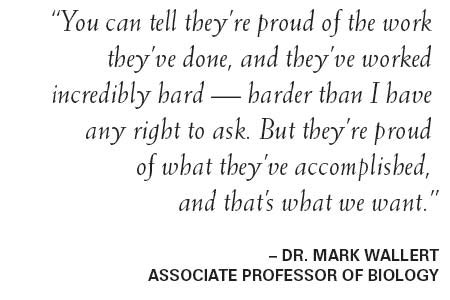 While the examination of NHE1 could lead to legitimate breakthroughs against cancer, Wallert considers the students who come through his lab to be his biggest contribution.
While the examination of NHE1 could lead to legitimate breakthroughs against cancer, Wallert considers the students who come through his lab to be his biggest contribution.
“For me, it’s seeing the response from them,” he said. “You can tell they’re proud of the work they’ve done, and they’ve worked incredibly hard — harder than I have any right to ask. But they’re proud of what they’ve accomplished, and that’s what we want. They need this to get to where they want to be in life, to be as successful as they want to be.
“We picked them for a reason, and they work this hard for a reason. They’re going to go change the world.”

